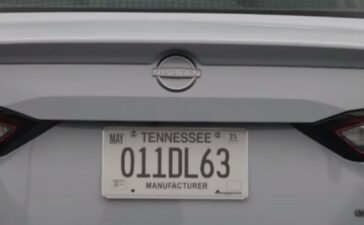Imagine driving evenly and all of a sudden, the light came on. The check engine light brightens the dashboard.
The first thing to do is to take a deep breath and keep your cool and gathering information about the cause of the possible explanation can put your mind at ease. In this thorough article, we are going to investigate the cause of the Hyundai check engine light and produce more information on how to solve it.
Hyundai Check Engine Light On: 12 Causes and Fixes [2023]
1- Oxygen Sensor Malfunction
One of the components that has an enormous effect on the efficient performance of your Hyundai is the oxygen sensor. The oxygen sensor is responsible for measuring the volume of O2 in the car’s exhaust system. Although operating in optimal condition is going to be helpful in order to obtain the right amount of balance between air and fuel in the vehicle’s engine. Nonetheless, a malfunctioning sensor can cause a reduction in the fuel’s efficiency and cause an increase in emissions.
You might also enjoy: What to Do When The BMW Check Engine Light Comes On?
- Solution:
- Importance of the Oxygen Sensor: By providing data for the vehicle’s computer the oxygen sensor helps the computer to adjust the mixture of air and fuel. A correct mixture ensures that the vehicle receives the optimal amount of fuel and oxygen to ensure capability and reduce harmful emissions.
- Hints proof of an inadequate Sensor: A reduction in fuel efficiency can cause a notable decrease in the vehicle’s power when it accelerates, and another usual symptom is smelling a rotten egg scent from the exhaust system.
- Addressing the Issue: Substitution of an inadequate oxygen sensor can be the first and best solution. This is also helpful to routinely check and clean the sensor in order to make sure the sensor works correctly. High-quality fuel can be another way to also stretch out the sensor’s lifespan.
2- Catalytic Converter Failure
The catalytic converter is one of the important parts involved in the reduction of the harmful pollutants that are emitted from vehicles. It helps transform the detrimental gases into less adverse ones before they happen to exit the vehicle’s exhaust system. A malfunctioning converter can be responsible for the vehicle’s decrease in optimal performance, an increase in adverse emissions, and even damage to other parts of the exhaust system can be some of the consequences.
- Solution:
- Understanding the mechanism of the Catalytic Converter: The converter is a metallic case that is placed inside the exhaust system. Inside the converter are some priceless metal components that operate in catalysts, and contribute to chemical reactions that transform harmful gases into less unfavorable ones.
- Signs of a Failing Converter: A reduction in engine performance or a sulfur-like scent coming from the exhaust, brightening, and the check engine light are some of the common indicators.
- Addressing the Issue: A damaged catalytic converter is going to need replacement since it’s not repairable in general. You can prevent most premature failures by doing routine vehicle service and using quality fuel. More serious issues can occur by ignoring a malfunctioning converter.
3- Mass Airflow Sensor (MAF) Issues
This sensor has an important task in order to determine the bulk of air entering the engine. This data can help the engine adjust the volume of fuel injected in the system, making certain the vehicle has optimal performance. A malfunctioning MAF can cause poor fuel economy, engine stalling, and even more harm to other parts like the spark plugs or the catalytic converter.
- Solution:
- Role of the MAF Sensor: It quantifies the amount of air entering the engine, and prepares correct data for the vehicle’s computer. This information helps the vehicle withhold the correct amount of air-fuel mixture, making certain efficient combustion is made.
- Signs of a Faulty MAF: The engine may have a stalling or hesitation problem, especially when the vehicle is accelerating. Fuel efficiency may happen to decrease outstandingly.
- Addressing the Issue: One of the easy ways to solve these minor issues is by cleaning the MAF sensor. Nonetheless, if the sensor is faulty, it might be better to try replacing it. Regular cleaning can be helpful in terms of preventing dirt from affecting the vehicle’s performance. See to it that the air filter is cleaned regularly and stays in an acceptable condition, as using a dirty filter happens to affect the sensor’s readings in a bad way.
4- Spark Plug/Spark Plug Wire Issues
This part plays a primary role in the process of the engine’s combustion. These plugs flare up the air-fuel mixture and drive the engine’s pistons. Delivering the spark from the ignition coil to the plugs is done by the wires. Faulty plugs or wires can cause the engine to misfire, reduce the power, and be harmful in aspect of fuel economy.
You might also enjoy: Why Did My Traction Control And Check Engine Light Come On?
- Solution:
- Understanding Spark Plugs and Wires: there are some small devices made of ceramic and metal which are called spark plugs. They help ignite the air-fuel mixture in the combustion chamber by producing sparks. The wires are there to make sure that the produced spark is delivered at the correct time.
- Signs of Faulty Plugs or Wires: If you experience a remarkable decrease in acceleration and rough sounds from the car while idling this might show a faulty plug or wires. Fuel efficiency is going to have a drop in amount too.
- Addressing the Issue: Scheduled checkups can also be helpful in order to pinpoint worn-out spark plugs or flawed wires. Replacing them at the recommended periods by the experts makes certain the engine is working smoothly. Using the recommended brand of plugs and making sure that they’re gapped correctly can put a stop to untimely issues.
5- Thermostat Malfunction
The thermostat in your vehicle is responsible for helping the process of regulating the engine’s condition, guaranteeing it conducts within the correct optimal range. An adequate thermostat can cause the engine to overheat, which tends to cause much more serious damage if you don’t address it correctly.
- Solution:
- Role of the Thermostat: This is a small device that helps regulate the progress of coolant between the engine and the radiator. When the engine of the vehicle is cold, this part of the system stays closed and allows the engine to warm up much faster. After the vehicle’s engine reaches the operating temperature, the part is going to open and then let the coolant flow to prevent the engine from overheating.
- Signs of a Malfunctioning Thermostat: Engine overheating, or reading the temperature gauge may show abnormal and unusual readings. In some cases, the heater might not work correctly.
- Addressing the Issue: The best and most solution is replacing the malfunctioning thermostat is the best solution. Regular checkups can make sure the cooling system and the coolant level are adequate and can prevent issues. By using the correct type of coolant make certain that the vehicle system is free of air pockets too.
6- Fuel Injector Issues
Fuel injectors are one of the parts that play a critical role in the process of delivering fuel to the combustion chamber. They deliver the fuel by spraying the fuel as a mist that is going to get mixed with air, which after that gets flared up through the spark plugs. If the injectors are clogged or faulty, they tend to cause unsatisfying engine performance, with a reduction in fuel optimal efficient performance, and it can cause idling.
- Solution:
- Understanding Fuel Injectors: The electronically controlled valves, also called fuel injectors, are responsible for spraying the fuel inside the engine chamber at specially scheduled timetables. They confirm that the engine gets the correct volume of fuel in order to perform at the desired performance.
- Signs of Injector Issues: You may take notice of a rough idle, brought-down acceleration, or even a misfiring engine. Remember if your vehicle has poor fuel efficiency it can also be a sign.
- Addressing the Issue: Cleaning or replacing inadequate fuel injectors. Try using fuel with good quality since it might be a way to prevent clogs. Using fuel additives routinely can also be helpful in keeping the injectors clean. Also, keep in mind that making certain the additive is advisable for your Hyundai model.
7- Vacuum Leak
The engine vacuum is also important for a variety of functions, including but not limited to controlling the air-fuel mixture to giving a hand in braking. A leak can cause a reduction in engine standard performance, by increasing emissions, and a feeling of rough idling.
You might also enjoy: Chevy 2500 Bolt Pattern: Ultimate Guide [2023]
- Solution:
- knowing the Engine Vacuum: The difference in air pressure between the engine’s intake manifold and the outside atmosphere is defined as the engine vacuum. There are many parts dependent on this vacuum in order to have acceptable performance in order to have proper functioning.
- Signs of a Vacuum Leak: Some of the symptoms that can help you identify a vacuum leak are hissing sound from the engine bay, rough idling, and stalling.
- Addressing the Issue: Inspecting the vacuum lines and connections on a regular basis and replacing any damaged parts. By using a smoke machine, you can also detect some of the minor leaks that aren’t easily visible.
8- Transmission Issues
Although not precisely attributed to the engine, transmission problems can set off the check engine light. These problems can span from sensor defects to much more serious mechanical issues.
- Solution:
- Understanding the Transmission: this part is subjected to transfer the engine’s power to the wheels. Modern Hyundai models are equipped with advanced electronic systems that are going to help monitor and control transmission functions.
- Signs of Transmission Issues: There are some signs that point to these issues such as difficulty in shifting gears, unusual noises when changing gears, or the car slipping out of gear.
- Addressing the Issue: By checking the transmission fluid levels and making sure it has been replaced as per manufacturer recommendations. If the light illuminates because of transmission issues, it’s best to consult an expert as soon as possible.
9- Evaporative Emission System (EVAP) Leak
The EVAP system is responsible for capturing fuel vapors from the fuel tank and sending them back to the combustion chamber. Increased emissions and reduced fuel efficiency can occur even because of a leak.
- Solution:
- Understanding the EVAP System: This system is responsible for preventing adverse fuel vapors from being released inside the atmosphere. This system captures and stores these vapors, which are later put to use in the combustion chamber in the process.
- Signs of an EVAP Leak: Smelling a strong fuel scent, mainly after refueling can be a sign of a leak in the system. The check engine light can also turn on in these situations.
- Addressing the Issue: Regular inspection of the system for any crack or damage can be a helpful action. By replacing any damaged components and trying to make certain the gas cap is completely fastened and is in an acceptable condition.
This video can also help you:
10- Ignition Coil Issues
This part plays an important role in the process of combustion in the car. They help by transforming the battery’s low voltage to the high voltage needed in order to create an electric spark in the spark plugs, and then ignite the fuel. In case of faulty ignition coils, they might cause the engine to misfire, reduce power, and even poor fuel economy.
- Solution:
- Understanding Ignition Coils: They are designed in order to generate the spark which in return flawed out the air-fuel mixture in the combustion chamber.
- Signs of Coil Issues: Some of the common symptoms of coil problems are engine misfires, rough idling, and reduced fuel efficiency.
- Addressing the Issue: As always regular inspection of the ignition coils for signs of wear or damage. Replacing any advocating coils using fuels with good quality and making certain the fuel system is clean can also lengthen the life span of the ignition coils.
11- Engine’s Electrical System Issues
Depending heavily on electrical systems is very common in modern vehicles. There are some issues such as faulty wiring, malfunctioning sensors, or other electrical issues which can cause the check engine light to turn on.
- Solution:
- Understanding the Electrical System: This system comprises various components such as sensors and relays on your car’s computer. These parts work in combination in order to make sure that the car runs smoothly.
- Signs of Electrical Issues: Unusual behavior of electronic parts, difficulty starting the vehicle, or random warning lights getting on can be an indicator of electrical issues.
- Addressing the Issue: Again doing regular checkups can be helpful in identifying and rectifying electrical faults. Replacing unsuitable componentband helping make sure the battery is in good condition can prevent more issues in the future regarding the electrical system.
12- Loose or Missing Gas Cap
This part is responsible for helping fuel vapors stay inside the tank, and any problems regarding this part can have an effect on the car’s emissions and preferable performance.
- Solution:
- Understanding the Gas Cap’s Role: It’s a very simple part that plays an important part in the EVAP system. It makes certain that advant fuel vapors are captured and not released inside atmosphere by the vehicle.
- Signs of a Loose or Missing Cap: The check engine light might turn on not long after refueling. Noticing a strong fuel smell can also be a sign.
- Addressing the Issue: The first step is to make certain that the gas cap is tightly secured. If it’s damaged or missing you must replace it as soon as possible. And finally, try to inspect the gas cap for wear and tear to make sure of a proper seal at scheduled times.
You might also enjoy: Jeep Check Engine Light: Causes And Solutions [2023]
How To Turn Off Hyundai Check Engine Light?
The Hyundai check engine light, like any other car, is a fundamental part of the onboard diagnostics system. When the light illuminates, it means that it is signaling the existence of a potential issue within the car. While in most cases it’s important to address the main cause behind the issue, there are times when you might want to reset or turn off the check engine light, first and foremost after addressing the problem.
Understanding the Check Engine Light: The check engine light is more than just an indicator. It’s a like messenger that communicates potential problems within the vehicle’s engine or related systems. These problems can span from some slight ones, like a loose gas cap, to more serious concerns that can affect the vehicle’s optimal performance and longevity.
Methods to Turn Off the Light: There are many ways that can help to turn off the check engine light. One of the usual ways is the concept of using an OBD2 scanner, a device that is able to read and clear codes from the vehicle’s computer. Another way is to disconnect the battery, although you must remember this process can reset other systems in the car too. It’s crucial to understand that hardly turning off the light without finding and solving the main problem the underlying issue can lead to more serious and costly problems in the future.
How to Turn Off Hyundai Check Engine Light In 3 Simple Steps
If you’ve collected the info and diagnosed the problem causing the check engine light and are certain that there’s no serious problem, you start by following these easy steps to reset the light in the system:
1- Use an OBD2 Scanner
- Step 1: Start by plugging the device in the OBD2 port, which is usually located under the dashboard.
- Step 2: The second step is to turn on the vehicle’s ignition but remember not to start the engine. The scanner should power up and connect to the car’s computer automatically.
- Step 3: The Third step is to start navigating the menu provided and select the option to ‘Erase’ or ‘Clear’ codes. By confirming this action, the check engine light should turn off.
2- Disconnect the Battery
In case you don’t own an OBD2 scanner, try resetting the car’s computer by disconnecting the battery:
- Step 1: Turn off the vehicle and open the hood after turning the vehicle
- Step 2: Start by disconnecting the negative terminal of the battery. Try waiting at least for 15-20 minutes.
- Step 3: Start the vehicle after reconnecting the battery terminal. Check the engine light it should be off.
3- Drive the Vehicle
In some cases, after solving the problem, the check engine light may still stay on then you should start driving the vehicle for a few miles the light should turn off on its own. Since the car’s computer repeatedly monitors different kinds of systems, it is going to detect that the problem is resolved and reset the light automatically.
What would be the cost of having a check for the Hyundai Check Engine Light?
Pinpointing the cause behind this vehicle check engine light can take some time and the cost of diagnosing it can differ based on several factors, including the vehicle’s age, model, location, and more importantly the nature of the issue.
You might also enjoy: Why Is The Check Engine Light Flashing When Accelerating?
Initial Diagnosis
In many auto repair shops and dealerships, you might get charged a main fee for an overall diagnosis by using an OBD2 scanner. This price can spawn from $50 to $150, contingent on the expert providing the service. Although you might be offered free diagnostic checks as an advertising service by some auto parts stores.
Underlying Issues
The price of addressing the main problem of the check engine light can be dependent on many factors. For insignificant problems like a loose gas cap, the process might be free.
Nonetheless, in some cases and related to more serious issues, such as a malfunctioning catalytic converter or transmission issues, the repair costs can span from a few hundred to several thousand dollars.
Labor Costs
Labor expenses can remarkably impact the total charge. Depending on the source of the problem and the level of complexity of it, the rates charged can have a span of $50 to $150 per hour.
Parts
The price of replacing a vehicle’s components may vary. Using original equipment provided by the manufacturer or the (OEM) parts can cost more and be a more expensive choice than aftermarket parts, but they make scales even by being compatible and they usually contain warranty.
You can now check the table for more information:
| Usual DTC Codes | Most Common Causes | Repair | Repair Cost |
| P0171 | System Too Lean | Replace or clean the MAF sensor, check for vacuum leaks | $50 – $400 |
| P0300 | Random/Multiple Cylinder Misfire Detected | Replace spark plugs, ignition coils | $100 – $500 |
| P0420 | Catalyst System Efficiency Below Threshold | Replace catalytic converter | $300 – $1,500 |
| P0455 | EVAP System Large Leak Detected | Check gas cap, replace EVAP canister or purge valve | $50 – $400 |
| P0442 | EVAP System Small Leak Detected | Replace gas cap, check for damaged hoses | $50 – $300 |
| P0113 | Intake Air Temperature Sensor Circuit High | Replace intake air temperature sensor | $50 – $200 |
| P0128 | Coolant Thermostat Below Thermostat Regulating Temperature | Replace thermostat | $100 – $250 |
| P0133 | O2 Sensor Circuit Slow Response | Replace oxygen sensor | $200 – $500 |
| P0141 | O2 Sensor Heater Circuit Malfunction | Replace oxygen sensor | $200 – $500 |
| P0401 | EGR Flow Insufficient Detected | Clean or replace EGR valve | $100 – $400 |
In this part, we are going to bring forth a universal overview of some of the usual DTC codes used in Hyundai vehicles, the reason behind the problem, and the usual repair prices.
It’s important to mention that costs can be different based on the region, labor rates, and the special issue we are talking about. But remember to always discuss the issue with an expert or the manufacturer’s service center for a more detailed estimation.
You might also enjoy: Everything You Need to Know About Mazda Check Engine Light
Conclusion
Your Hyundai check engine light can be a very critical indicator of most potential issues and problems. Although it tends to be intriguing to ignore, by addressing the main issue correctly you can make certain you have saved time and money, and make sure your vehicle stays in the best condition possible.
In this situation staying informed is equal to staying safe, and remember to check your car’s health regularly.
FAQs
How long can I drive with the vehicle’s check engine light on?
- Depending on the severity of the issue it is different. If the light is flashing, it indicates a serious problem, and you should stop driving immediately and tend to it.
Can a faulty gas cap cause the check engine light to come on?
- Yes, a loose or damaged gas cap tends to trigger the light as it has effects on the fuel system’s pressure.
How do I know if there is a serious or minor problem causing the light?
- It’s best to get a diagnostic check. While some causes are minor, like a loose gas cap, others can be severe and require immediate attention.
What is the role of the emission control system in a Hyundai?
- It is to make sure your vehicle emits the least volume of pollutants, optimizing engine performance and fuel efficiency.
How often should I get my Hyundai checked for potential issues?
- Regular maintenance for your vehicle is generally every 6 months or as per your vehicle’s manual is recommended.
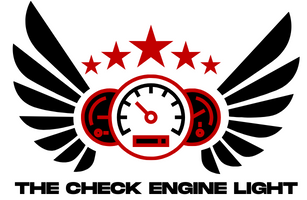

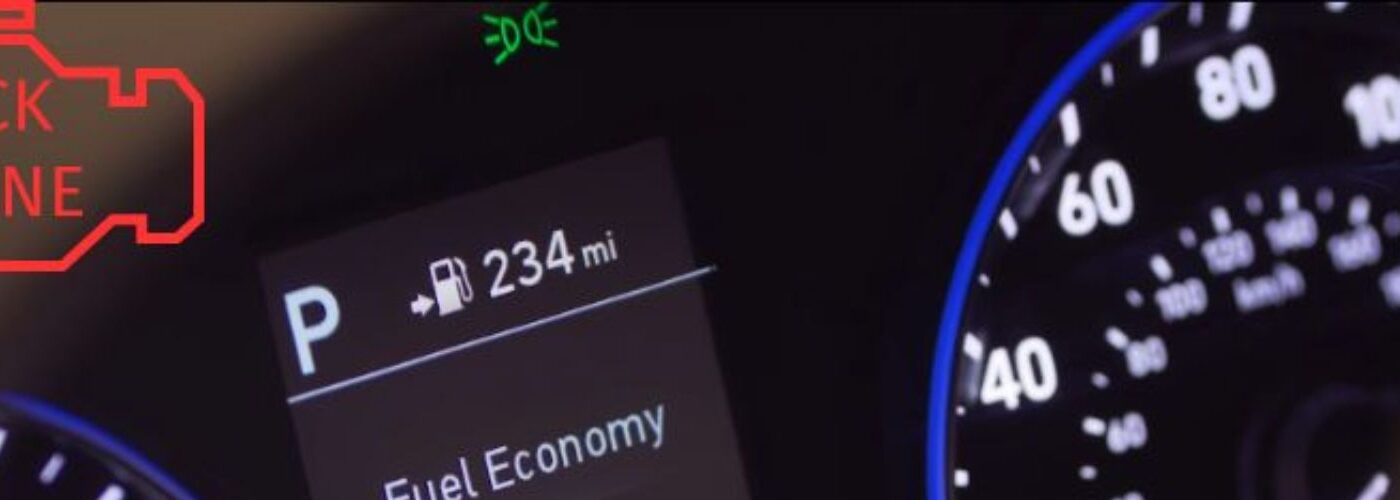
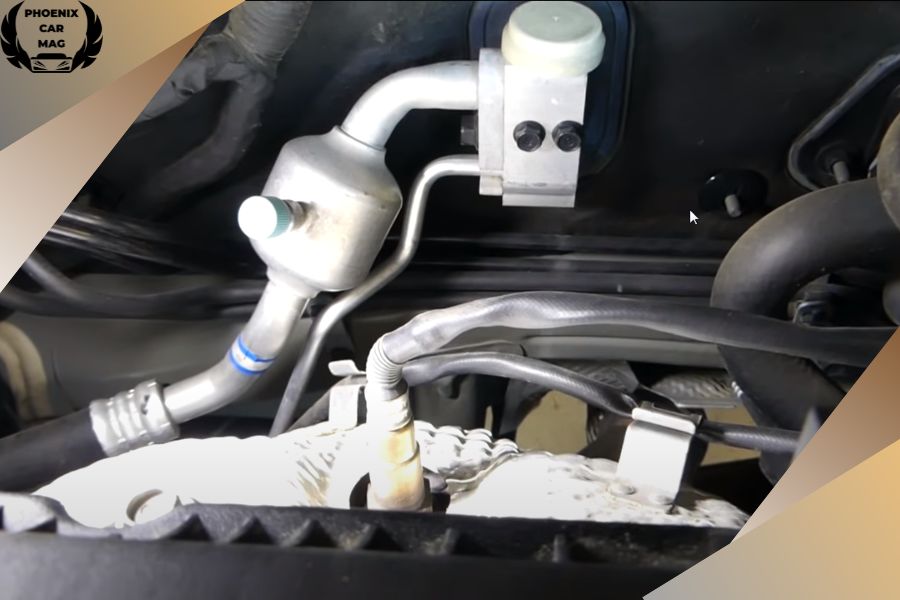
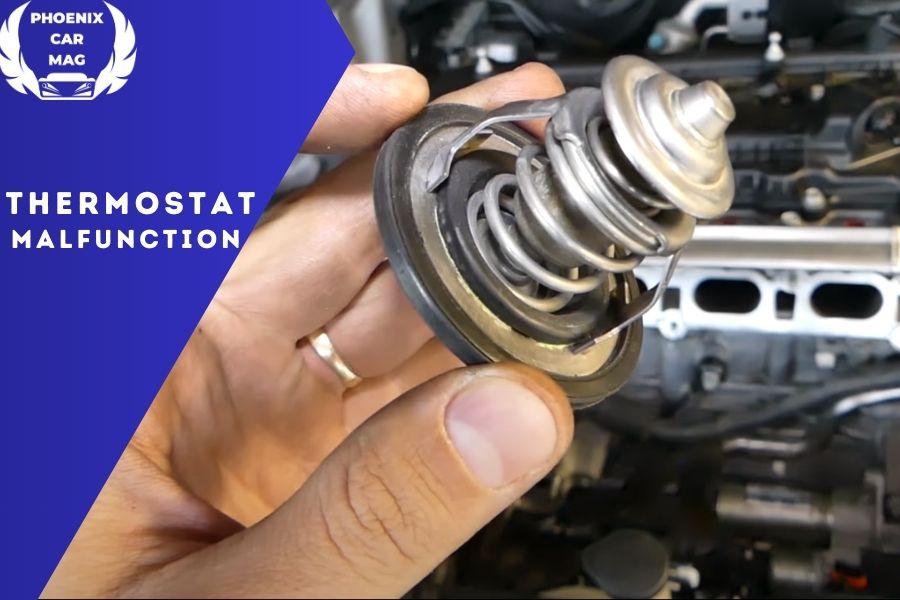
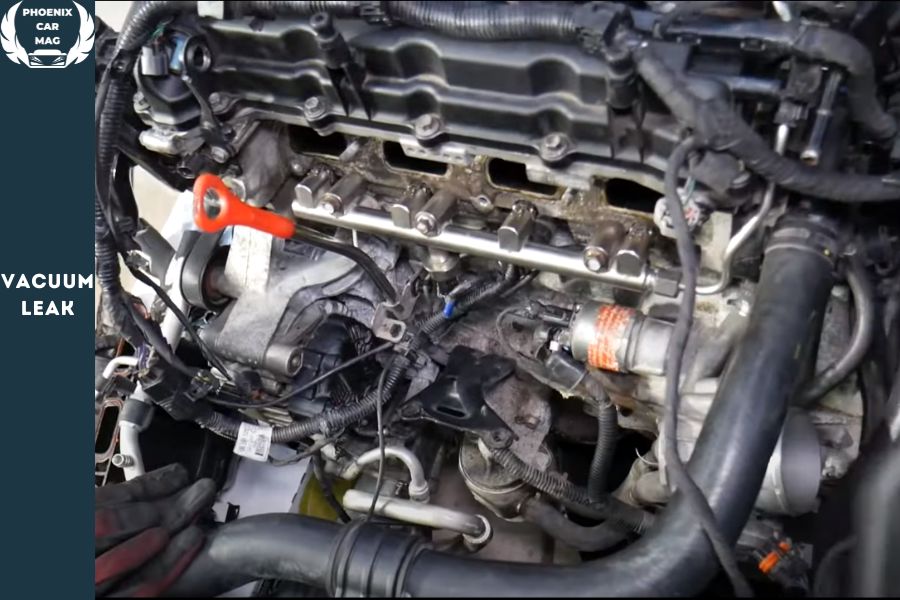
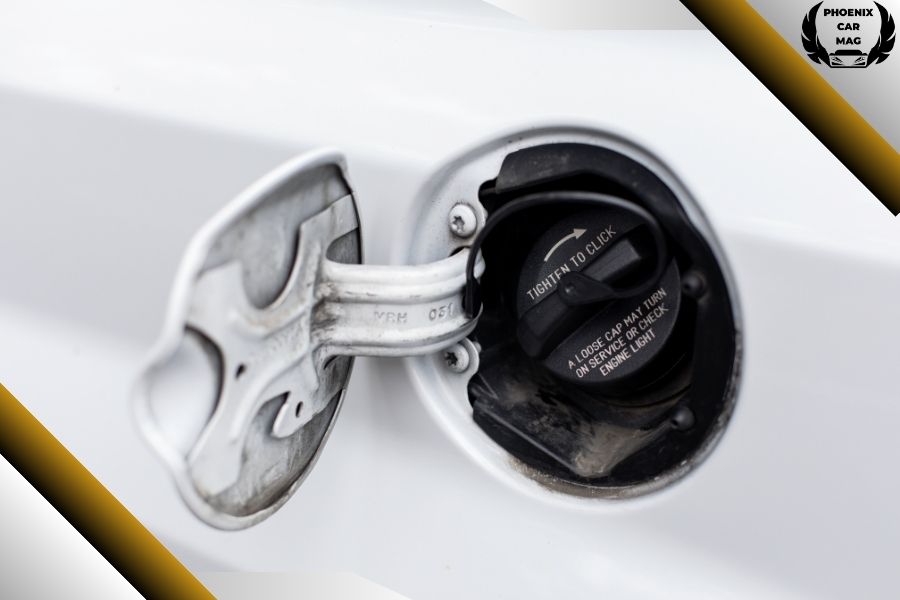
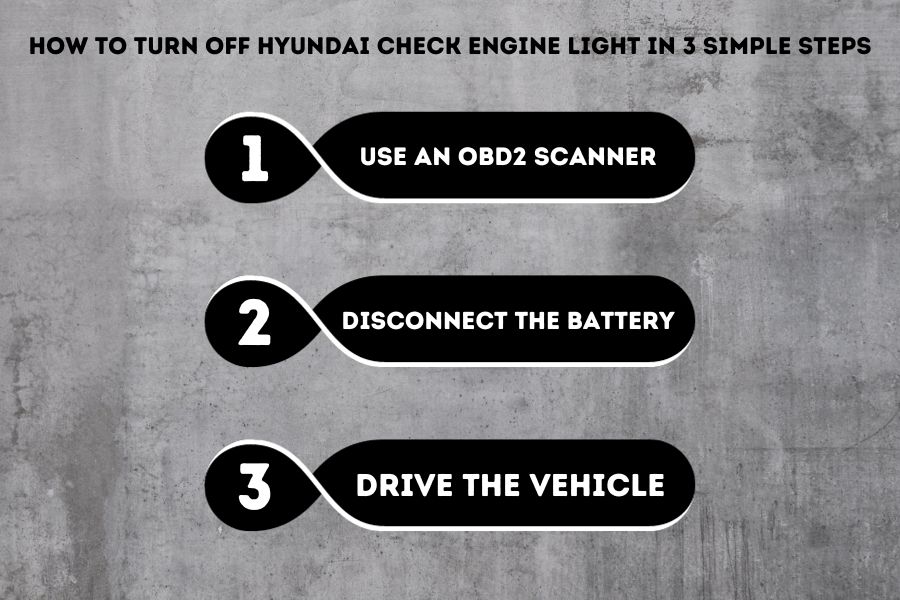
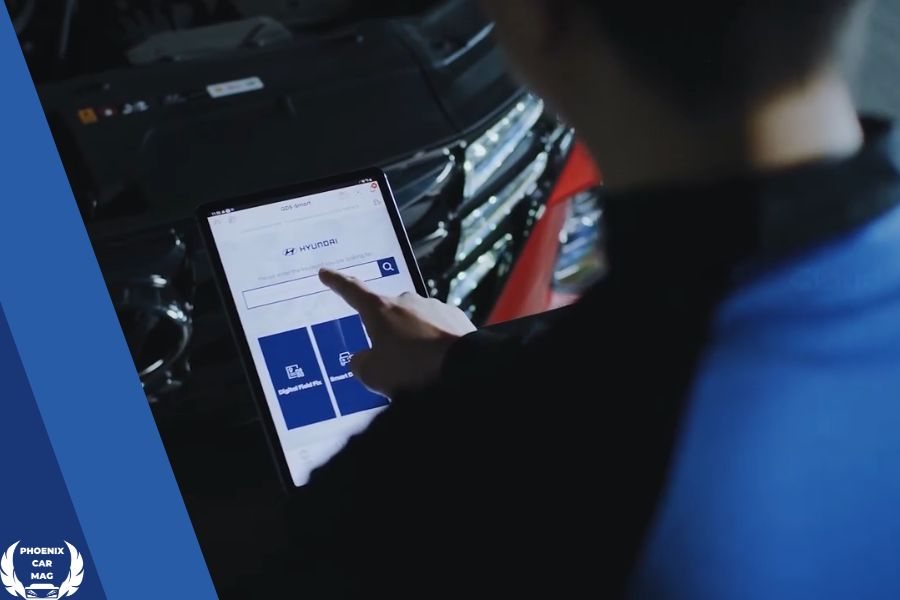
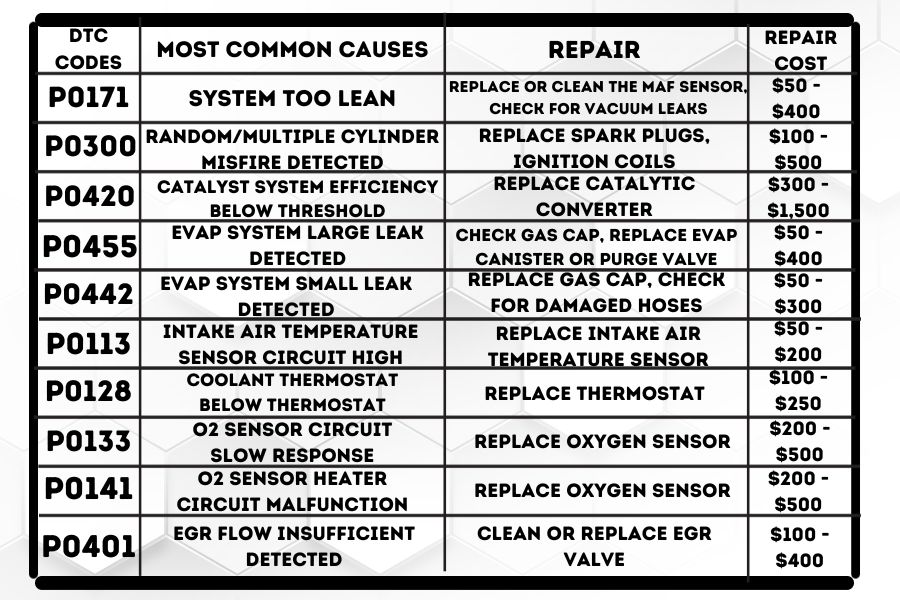
![an pic for Code p0420 Check Engine Light Fully Explained [2024]](https://thecheckenginelight.com/wp-content/uploads/2024/02/Code-p0420-Check-Engine-Light-Fully-Explained-2024-364x225.jpg)
